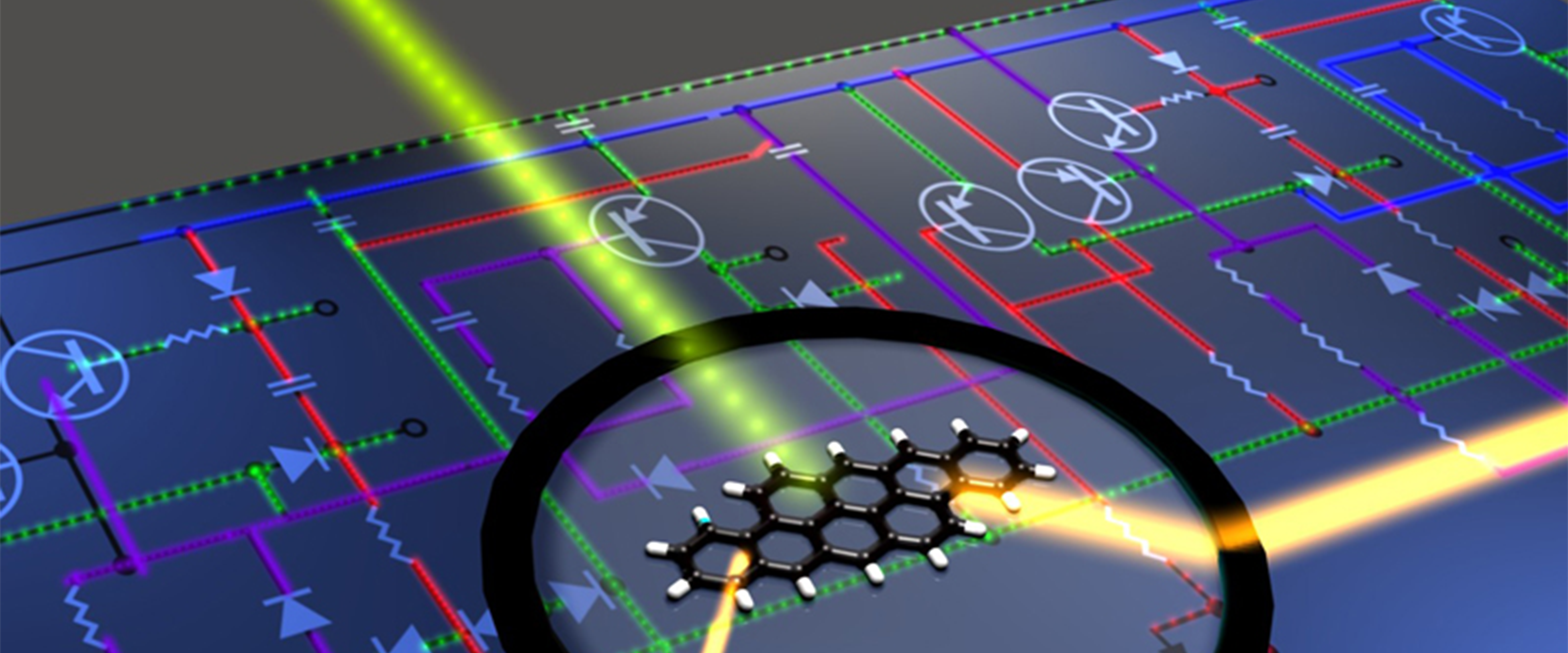The potential of nanotechnology for the development of new materials in the textile industry is considerable. On the one side, the current application would be enhanced by utilizing nanotechnology, and, on the other side, it may make feasible the manufacturing of textiles with entirely new properties or the integration of various functions in one textile fiber.

The first generation of nano-enhanced textiles gained from nano-finishing: surface coating of textiles and clothing with nanoparticles is an approach to the development of highly active surfaces with UV-blocking, antimicrobial, anti-static, flame retardant, water, and oil repellent, wrinkle-resistant and self-cleaning properties.
One persistent barrier that prohibits nanomaterial-enhanced textiles from being more industrial fact is the lack of longevity of nano-coatings on textile fabrics or the consistency of the different properties of nanoparticles. Simply put, the ‘smart’ comes off during the washing process.
Though nano-silver is used for antimicrobial properties, nano-metal oxide coatings confer UV blocking, self-cleaning, and flame retardant properties. Zinc oxide nanoparticles incorporated in polymer matrices such as soluble starch are a clear example of practical nanostructures with potential for applications such as UV defense in textiles and sunscreens and antibacterial coatings.
With both the advent of sciences and nanotechnology, a new area with a textile finishing called “Nanofinishing” has also been developed. Growing awareness of health and hygiene has increased demand for bioactive or antimicrobial and Ultra violet-protective textiles. Coating the surface of textiles and clothing with nanomaterials is an approach to the production of highly active surfaces for UV blocking, antibacterial, flame retardant, water repellent, and self-cleaning properties. While nano-silver is being used for antimicrobial properties, micro-metal oxide adhesives impart UV blocking, self-cleaning, and flame retardant properties.
Photonic textile technologies

Would you like your clothes to change color by pressing a button, responding to ambient heat or lighting, warning you about airborne pollutants or pollen, or glowing in the dark? The incorporation of optical technology into garments would make this possible.
For instance, optical films made of periodic dielectric layers can be directly coated to fabrics, offering a highly reflective brightly colored image and allowing various color perceptions depending on the angle of observation. Holographic films can also serve a similar purpose and even provide a more complex 3D special impact.
The field of nano finishing in textile new tech is very promising due to various end utilizes like military protective textiles, clinical textiles, and smart textiles. With the advancements in the fabrication and applications of different types of nanomaterials, standardization of the application protocol is essential for the provision of functional finishing to textile materials.
– AYMAN SATOPAY (Trainee Editor at Textile Value Chain)

